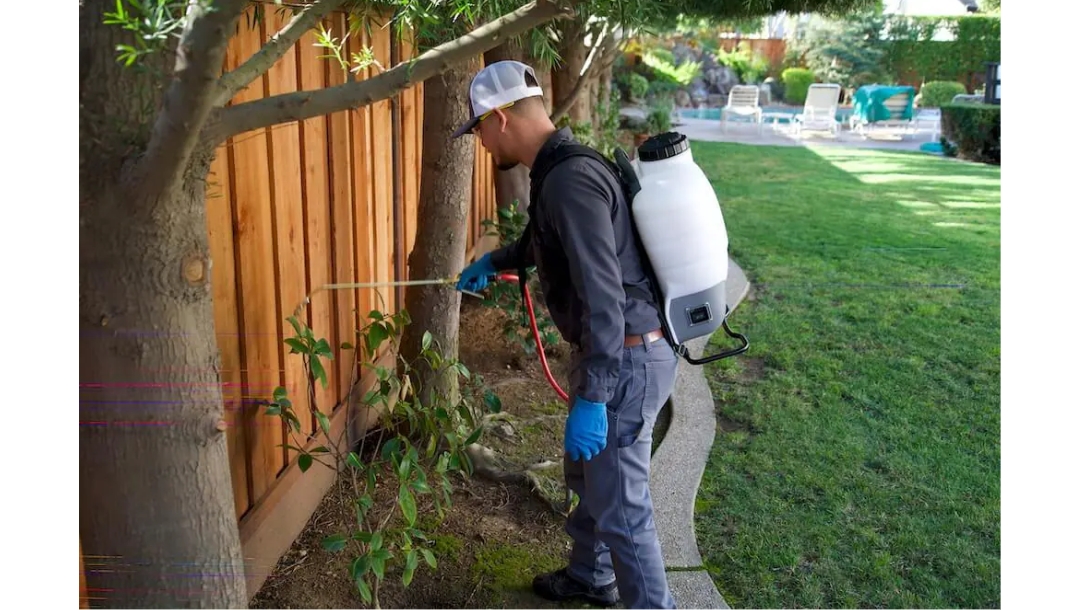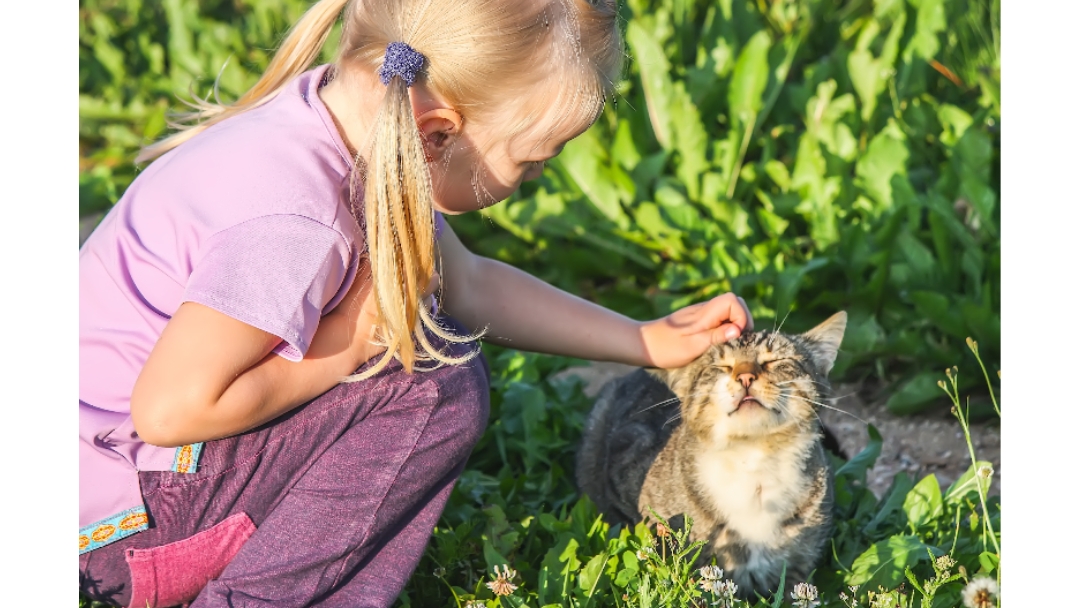The way we deal with undesirable pests in our homes is evolving thanks to technology, eco-friendly methods, and clever pest control solutions. These techniques, which range from non-toxic treatments to sophisticated monitoring systems, not only successfully manage pests but also improve the general health of our world.
Why Eco-Friendly Pest Control Matters
Eco-friendly pest management techniques are intended to have as little of an impact as possible on the environment. They leave no toxic leftovers that can build up in the environment and are biodegradable. This strategy aids in the preservation of non-target species, soil quality, and water supplies. Homeowners may ensure that future generations can live in a cleaner, safer world by selecting eco-friendly items that improve the environment as a whole.
Long-Term Solutions
Eco-friendly pest management frequently prioritises long-term, sustainable solutions above temporary ones. This might involve taking precautions like caulking entryways, keeping areas clean, and employing natural predators or repellents. These techniques lead to more sustainable pest management by preventing future infestations in addition to aiding in the control of present pest issues.
How Eco-Friendly Pest Control Works
Targeting pests in ways that are safe for people, pets, and the environment is how eco-friendly pest management techniques and products operate. These strategies use a range of tactics and materials that interfere with pests’ life cycles or reduce the hospitality of their surroundings.

Natural Pesticides
Minerals, plant extracts, and other natural sources are the sources of natural pesticides. Without endangering people or other non-target species, they function by disrupting the biological processes of the pests. For instance, the well-known natural insecticide neem oil interferes with insects’ hormonal processes, stopping them from developing and procreating.
Biological Controls
Utilising parasites or natural predators to manage pest populations is known as biological control. This approach is very successful and environmentally safe. Nematodes are used to target pests that live in the soil, and ladybirds are used to manage aphids.
Physical Barriers
Pests can be successfully kept out of houses and gardens with the use of physical barriers like screens, netting, and caulking. Without using chemicals, this technique is very helpful for keeping insects and rodents away.
Pet Safety Concerns with Conventional Methods
Insecticides, rodenticides, and repellents are examples of conventional pest management solutions that frequently include hazardous chemicals that are bad for pets. Direct touch, ingestion, or inhalation can all result in exposure, which can cause symptoms including diarrhoea, vomiting, and respiratory problems as well as, in extreme situations, organ failure or death. Take a look at some of the pet friendly pest control ideas below which can help you achieve your goals.

Pet owners need to be aware of these dangers and look for safer substitutes that will safeguard their animals and successfully eliminate pests.
Pet-Safe Pest Control Methods
Natural Repellents
For pet-safe insect management, natural repellents are a great option. They employ substances that work well against pests but are not harmful to animals.
Essential Oils:
Ants, mosquitoes, and fleas can be repelled by some essential oils, including peppermint, eucalyptus, lavender, and cedarwood. But it’s important to utilise these oils properly because some might be toxic at large amounts. Use water to dilute essential oils and use them as sprays in pest-infested areas that are out of dogs’ reach.
Diatomaceous Earth:
Pets can safely use food-grade diatomaceous earth, which works well against exoskeleton-wearing insects including bedbugs, ants, and fleas. By drying out bugs, it causes them to perish. Avoid putting diatomaceous earth directly on your pet; instead, scatter it in places where pests are active.
Vinegar:
Ants and fruit flies can be repelled by vinegar, especially apple cider vinegar. Use a spray bottle to combine vinegar and water, then apply the mixture to the affected regions. In addition to being a moderate cleaning agent, vinegar is safe for dogs.
The Role of Smart Technology in Pest Control
Drones and electronic traps are just two examples of how technology has drastically altered our approach to pest management. Here, we’ll look at how technology is used in modern pest management techniques.
Electronic Traps
Electronic traps are becoming more and more popular these days because of their efficiency and compassion. These traps are an excellent choice for rodent and pest management because they don’t require the use of chemicals. How do they operate? It’s that easy: as soon as the pest enters the trap, the high voltage shock will be discharged! Additionally, a lot of versions have the ability to link to your smartphone, so you may receive alerts when pests are caught. Because of this, electronic traps are very simple to operate and a great option for capturing rats or other pests in your house.
Smart Pest Control Systems
The introduction of smart systems is revolutionising the pest control sector. These clever gadgets use sensors and cameras to identify any kind of pest in a matter of seconds. Then, without requiring human interaction, customised remedies may be automatically applied. Large commercial enterprises that would otherwise need a lot of man hours to do traditional procedures like manual surveying and spraying would particularly benefit from these effective solutions.
Drones
The use of drones has improved the accuracy and efficiency of pest management. These gadgets, which are outfitted with cameras and sensors, can identify pests across vast regions—from forestry to agriculture—much more quickly than other conventional techniques. A single drone may spray pesticides or other treatments from the air for wider coverage all at once, saving time compared to having someone treat each area by hand. This makes it possible to deal with extensive infestations much more efficiently.
Biological Control
Relying on living things, biological control is an effective and environmentally responsible method of managing pests. Pathogens, parasites, and predators are all efficient and ecologically friendly ways to manage pests. The most recent biological control methods are now more effective and user-friendly than ever before, all thanks to biotechnology advancements!
Data Analytics
Data analytics has transformed pest control with the use of technology. Organisations engaged in pest control may monitor and detect population numbers and discover the most effective solutions for each issue by using predictive analysis. Both the pest control businesses and their clients save money and important time by using this method.

Steps to Implement Eco-Friendly Pest Control
We have discussed the crucial function of biodegradable pesticides and the importance of sustainable methods in protecting our ecosystem throughout this thorough investigation of environmentally friendly pest management. Every tactic, from creative use of food waste as a pest deterrent to Integrated Pest Management (IPM), demonstrates our dedication to environmental stewardship and the wellbeing of our world. With a focus on physical barriers, biological control techniques, and natural repellents, we’ve outlined easy ways for people and communities to actively participate in environmentally friendly pest management, fostering a more sustainable and healthy world.
In order to protect our ecosystem for coming generations, the quest for environmentally responsible pest management is a group endeavour rather than just an individual one. We may significantly reduce our ecological footprint by using the methods described in this article, such as using biodegradable insecticides and utilising natural remedies. Beyond the short-term advantages of pest management, these measures promote biodiversity and ecological equilibrium. In order to ensure a sustainable legacy and a long-lasting effect on our environment, it is our responsibility as stewards of the planet to keep pushing these green efforts.



































